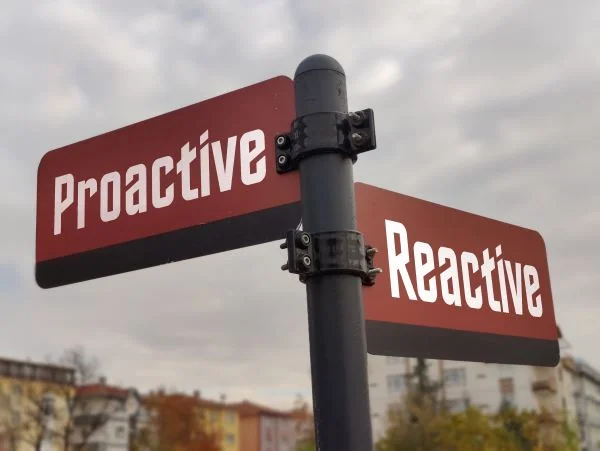Part 1 of 3
Learners across the world are finding themselves in a challenging environment.
First, there is the mental aspect of – not only the pandemic we are all dealing with – but the general state of our knowledge economy. Anxiety levels are at an all-time high. However, people need to feel safe in order to work and learn effectively. That means we need to engage them in new and potentially different ways to make sure that they are not negatively impacted by taking the time to learn.
With many more people working from home, a hard pivot to more virtual and more blended solutions was required. In this new normal, flexible learning models are required. eLearning, for example, can be much more easily provided to a remote workforce because it can be consumed wherever and whenever people want. Programs can be more easily customized to different types of learners, including training materials, videos, case studies, etc.
However, if we want learners to truly learn, the training needs to be engaging. The good news is technology is no longer a barrier, but finally, a real enabler. Whether it’s simulation, or gamification, or eLearning – technology can help drive engagement and increase the motivation of learners.
Virtual and Microlearning are also helping companies to reduce the impact on their operations. For many companies, it’s becoming harder and harder to pull employees out of the business for consecutive days of training.
Finally, and most importantly, we need to demonstrate that skills are being developed and applied to drive ROI. The Problem Solving Learning Path was a response to these new challenges, which also brought new opportunities. We designed and co-developed the Problem Solving Learning Path for Microsoft when the need arose to reach thousands of remote engineers, and do so in an effective and scalable manner, with demonstrated results.
To address the challenges outlined above requires re-thinking the learning experience. This starts with “learning cycles,” a series of activities that build understanding and confidence. Each cycle is built with engagement and retention in mind.

As learners enter each topic area, they briefly “locate” where they are in the cycle, with a reminder of the topics covered to date, and context for where the next concept fits. They then move to exploring the new concept with a range of activities including descriptions and examples, and simple questions to check their understanding.
Each cycle is completed with practice using animated scenarios, video advice from an expert user, options to download resources for future reference, and an assessment of both single concepts and how they fit together with other concepts already learned.
Two aspects of the learning cycle approach have a significant impact on comprehension and retention:
The first of these is practicing each concept as it is learned. By using a threaded story where the learner must assist in finding the resolution to an issue, not only are they engaged but they get to put their knowledge to use quickly. Feedback is provided for both “correct” and “incorrect” answers so that learners either confirm they are using the concept correctly or can adjust and improve.

The second impact area is advice from an experienced user. Delivered in an informal way, these short video segments focus on techniques to help learners become more efficient in using the concept and avoid common pitfalls. Because the expert user appears regularly throughout the learning path, learners get to see and hear about practical, real-world use from a consistent, credible source.

But the learning cycle approach does not by itself fully support learning, retention, and ultimately “application” of the concepts to create business results. In the next edition of this blog (part 2 of 3), we will focus on reinforcement throughout the process. And in the final edition (part 3 of 3) we will focus on the role coaching plays, even in virtual learning, to maximize these business results.
Excellence in Learning
We are excited that we can now offer the Problem Solving Learning Path to the wider market. We are also excited, as we recently announced, that Microsoft and KT received a Brandon Hall Award for our overall KT program in a year where there has been a record amount of innovation.

If the information in this blog piqued your interest, you can get more information about Kepner-Tregoe here, or on the KT Problem Solving Learning Path page.
About Kepner-Tregoe
Founded in 1958, and based on ground-breaking research regarding how people think, solve problems and make decisions, Kepner-Tregoe provides a unique combination of training and consulting services to improve quality and effectiveness while reducing overall costs. The KT methodology is used at every level of client organizations: to implement strategy, achieve continuous improvement, increase customer satisfaction, and drive effective issue resolution throughout the organization.



